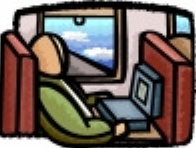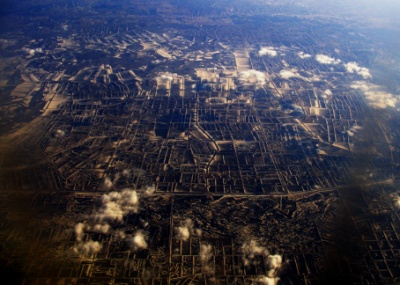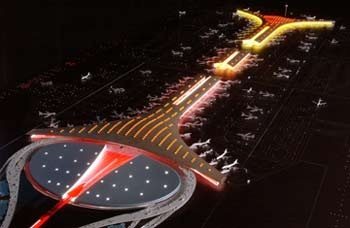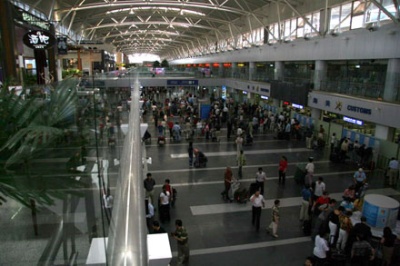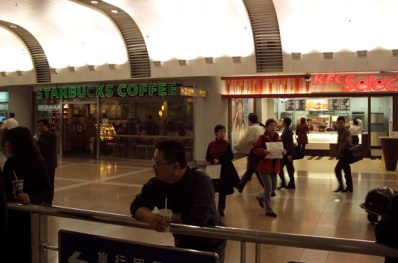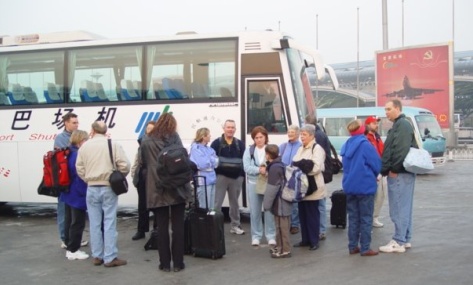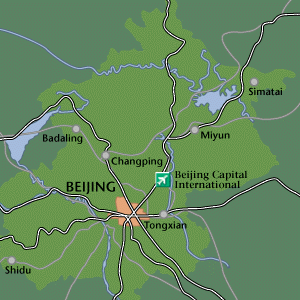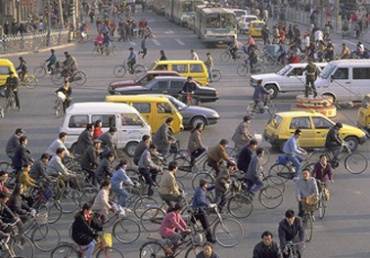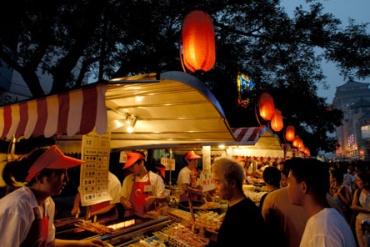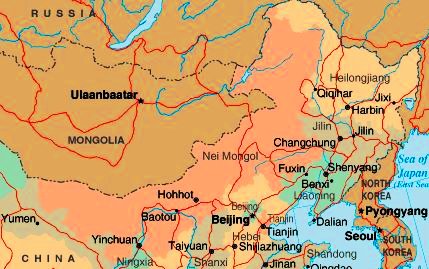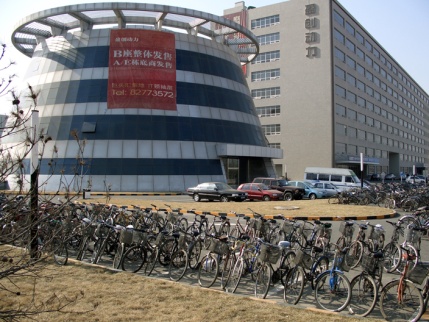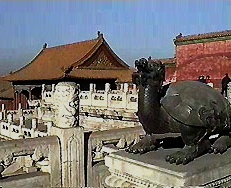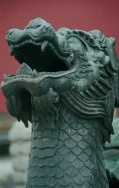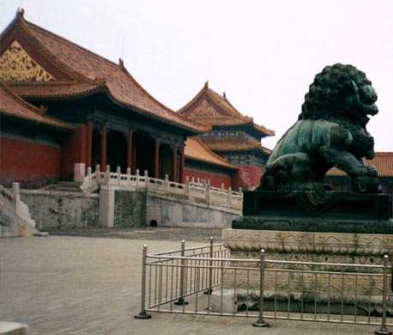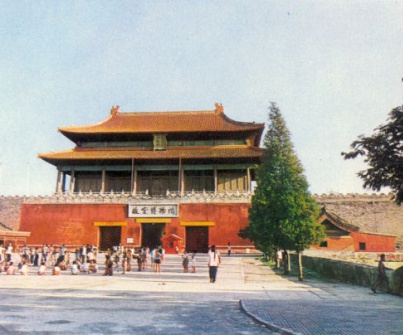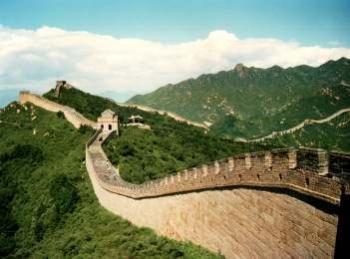
I enjoyed above all getting lost in the maze of hutongs (alleys) sandwiched
between super wide and busy avenues. These alleys are oasis of tranquility,
like tiny villages hidden in the big city.
Time stopped there, a few decades ago, but people have found a life in the streets. Children play while parents cook and sell food on their doorsteps. Small gardens give families produce to eat or trade. The government is trying to move hutong residents to large apartment buildings, but many people (mostly the elderly) are resisting. They fear loss of community and individuality.
"No one will be able to find us."
"How will we live without our gardens ... our cook pots?"
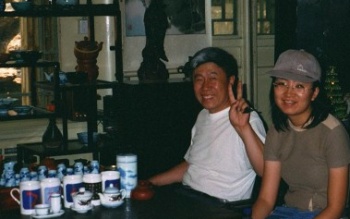
In the hutongs, men and women have their routines... playing cards or chatting with friends. This doesn't happen in the apartment buildings to the same extent. |
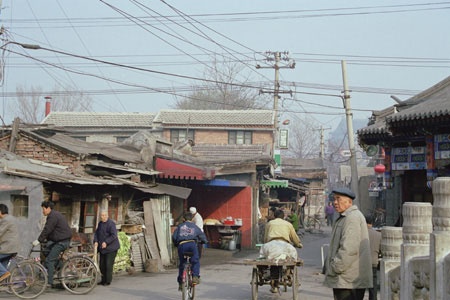
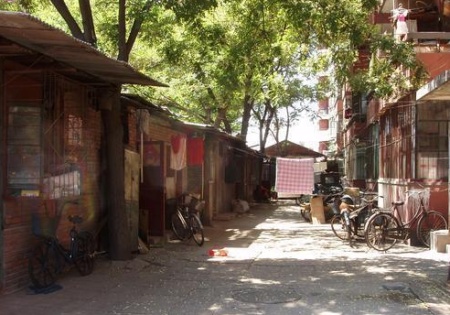

Unfortunately, the hutongs are disappearing fast. The end of the hutongs would be a very sad thing for everyone. Not only are the hutongs the best place to get an intimate feeling for the city and it's people, there is also a whole lot of great food to be tried!
|

